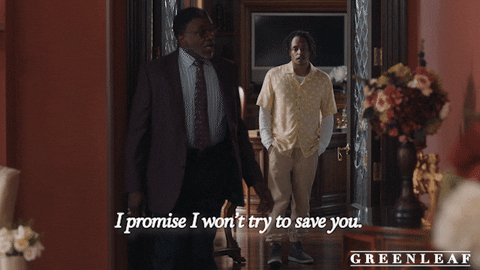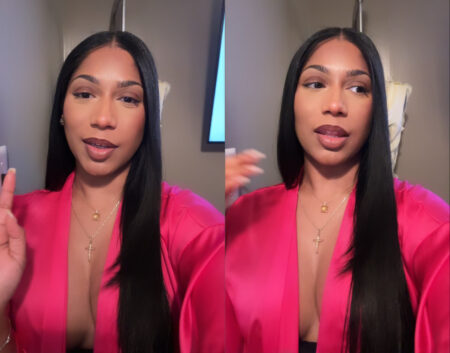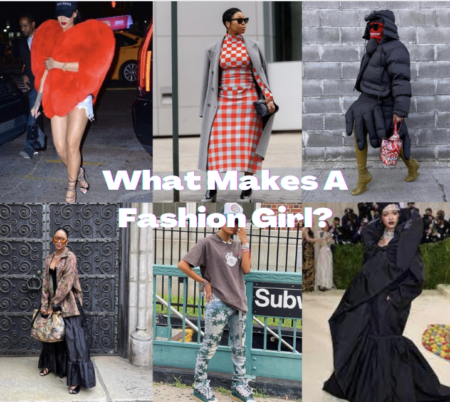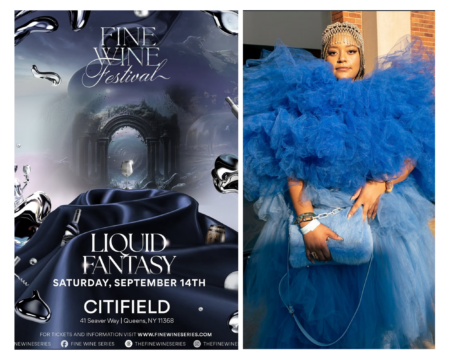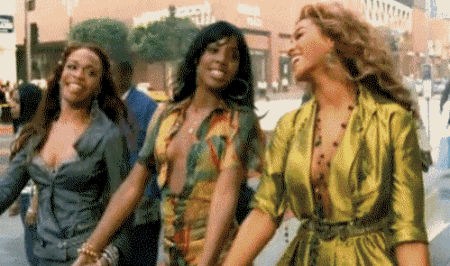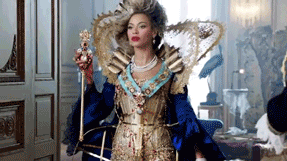I’ve been taught all my life to be the change you need to see in the world. But, what I’ve learned is my goodness to others is not a foolproof way to get them to treat me or themselves in the way I desire. I’ve had family members, friends, and bosses treat me and/or themselves in ways I never would and thought that by showing them unwavering niceness, and kindness, it would inspire them to change how they behaved. It didn’t.
Behavior is an act of choice. Mistreating people is a choice. The problem with believing people would be good to you because you are good to them is the assumption that everyone’s level of morality is the same. What one person constitutes as good and just can vastly differ from others. Lawrence Kohlberg describes levels of morality in 3 parts, Pre Conventional, Conventional, Post-Conventional.
Pre Conventional
Depending on your family structure, you were punished for perceived bad behavior. Like many melanated people during adolescence, we’ve experienced verbal and physical attacks as a consequence of bad behavior. When we learn the consequences of bad behavior, some of us strive to be obedient to avoid the reaction of unfortunate events. This is stage one of the pre conventional phase.
Conversely, we also discover what good behavior could potentially award us. When we find how to act in our self interest, we enter into the second stage of the preconventional phase of morality. We learned that gold stars and high grades were rewards for academic achievement and markers for a good student. Being perceived as an obedient daughter or son could be rewarded with gifts or the absence of trauma.
Conventional
As we get older, the more conscious we are of the de facto laws of society. As humans, we desire belonging and a sense of community. We become more receptive and seek approval and/or disapproval of the larger society’s ideologies. In this phase, we want to be deemed as “good humans” and we base this on the possibility of our consequences and the rewards of being good. This judgment of what’s good and bad is concerned with what’s acceptable. This stage, stage three, is based on good intentions defined by social consensus not solely on a conscious, individual level.
Depending on the society you belong to or aspire to fit into, there are social cues and rules you have to align with to be in good social standing. It was a sign of wealth to not wear white after labor day as it signified that you could afford seasonality in your wardrobe and wasn’t a laborer who worked in the sun. As the gilded age and other eras allowed for people to access wealth, old money families changed their appearance to distinguish themselves from the nouveau riche. This one band, one sound mindset of the rich, and other groups, is one kind of social order driven to differentiate the good from the bad.
Post-conventional
We learn as we get older that the ways our parents disciplined us in some ways were traumatic, the way we measure job performance can be toxic and the beauty standards shoved down our throats were rooted in misogyny/misogynoir. When we unlearn the negative things we were taught and discover our own code of ethics based on what feels right to us we activate our post-conventional phase. This could look like disobeying what our parents and society says. Sometimes it’s creating boundaries, becoming more selfish and straying away from the popular group.
Rules are meant to be broken, bent and changed in the post-conventional stage. The difference between stage five and six is, five is based on social contract vs universal ethics. Because we reason at varying stages of morality we have to interact with the world and individuals based on their words, thoughts, and most importantly actions. You and I both know people in friendships and relationships that should have ended well before it started yet, one party is trying their damndest to love someone into good behavior. When the relationship doesn’t work out and depletes them, then they realize how much time, energy, and love was spent on a seemingly fruitless relationship.
A large part of adulting is decision making, these decisions are based on what people perceive to be the most favorable outcome for themselves. Sometimes these decisions have negative consequences for those around them but, the decisions of others should not dictate how you view yourself. Establishing reasonable and actionable boundaries for yourself and others can give you the freedom of over engaging in bad behavior.
Discover more from Anima Yana
Subscribe to get the latest posts sent to your email.
